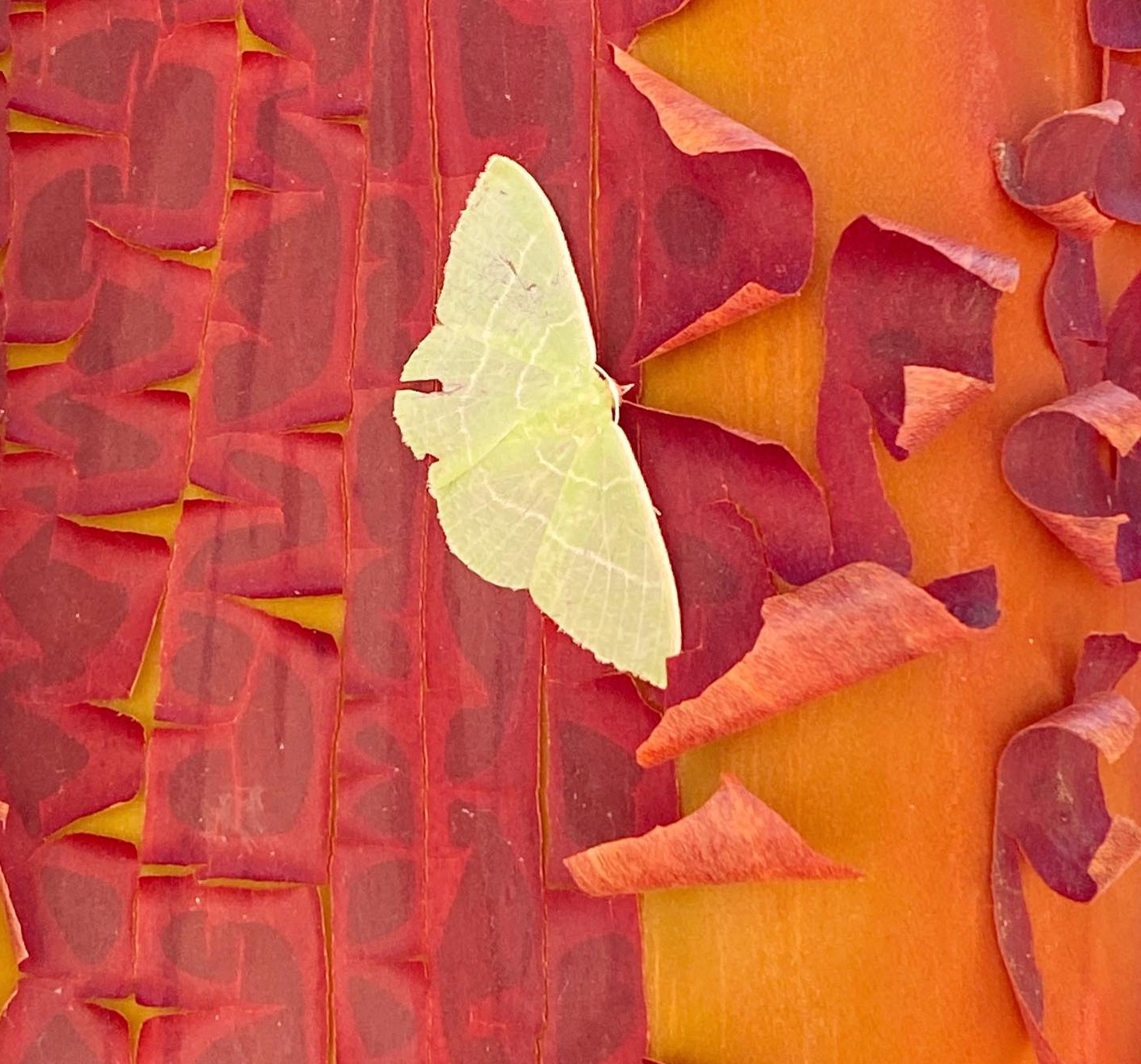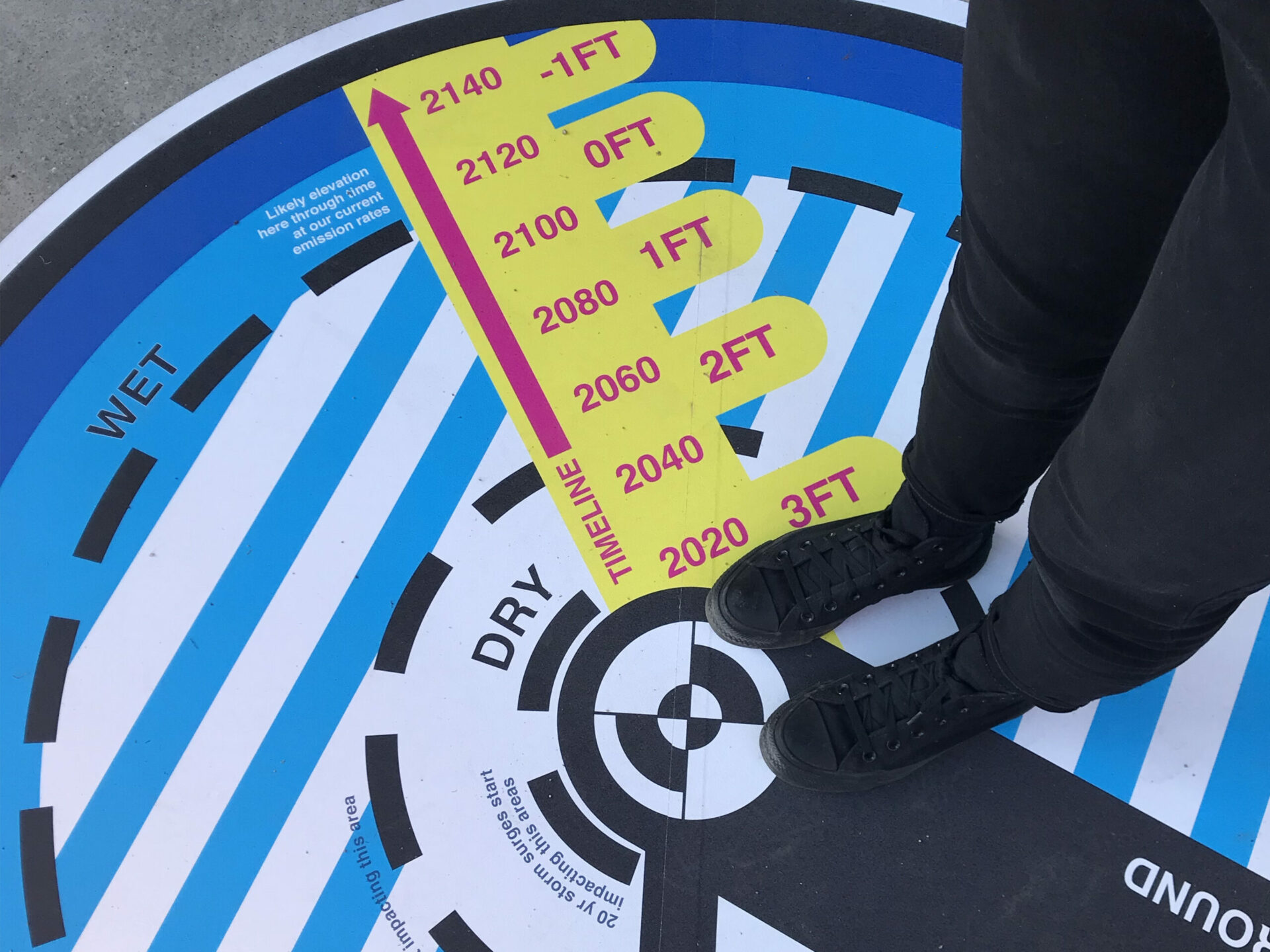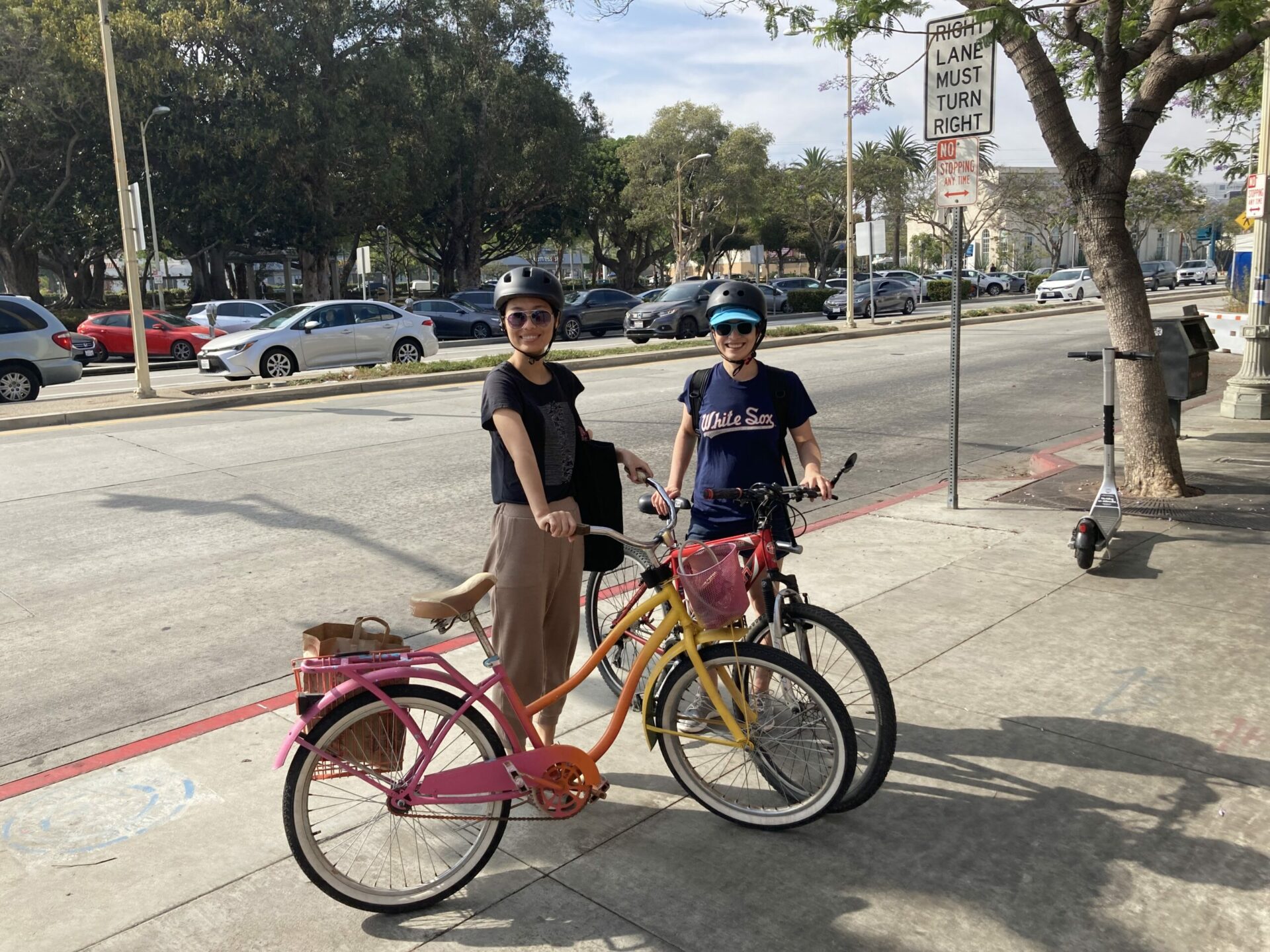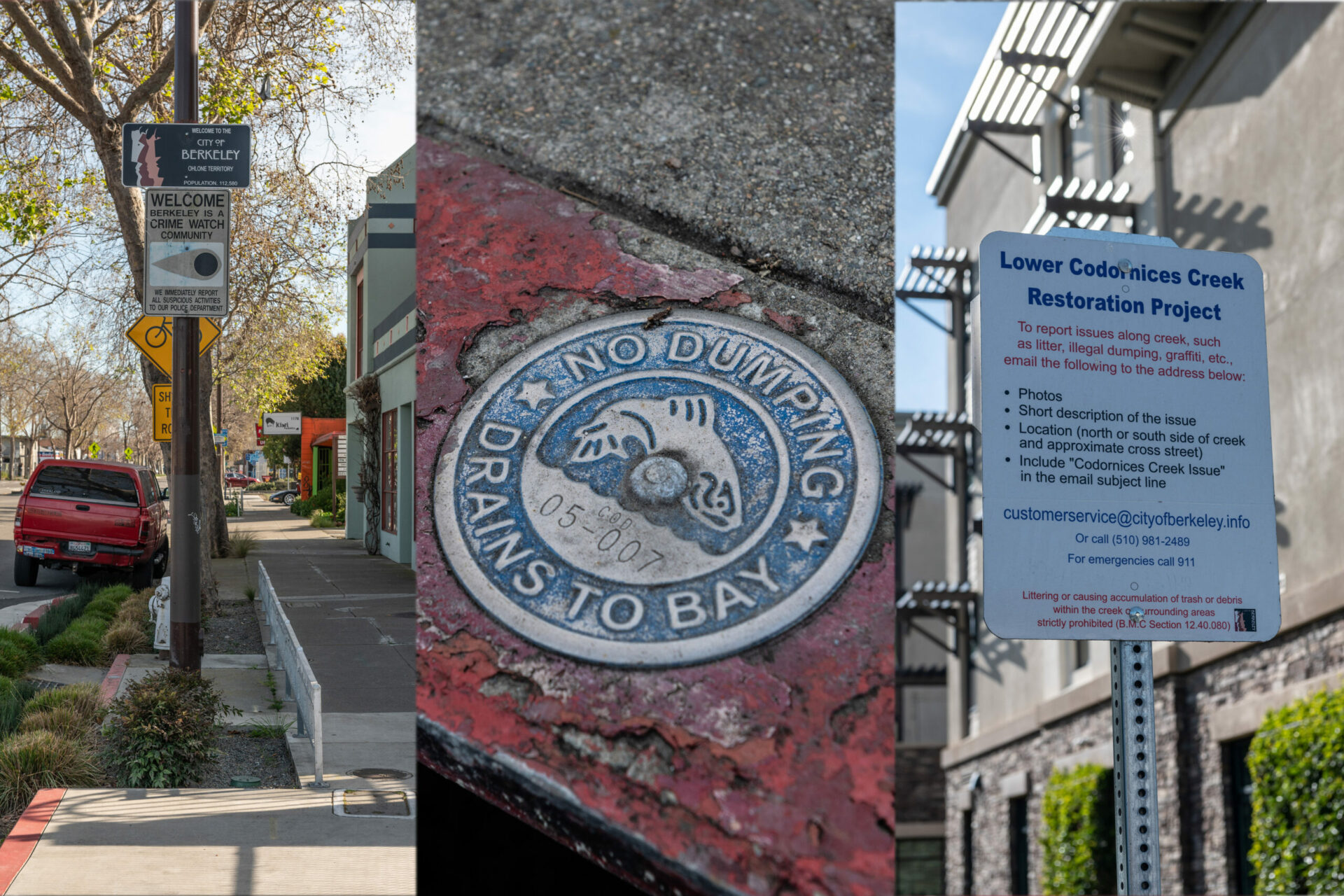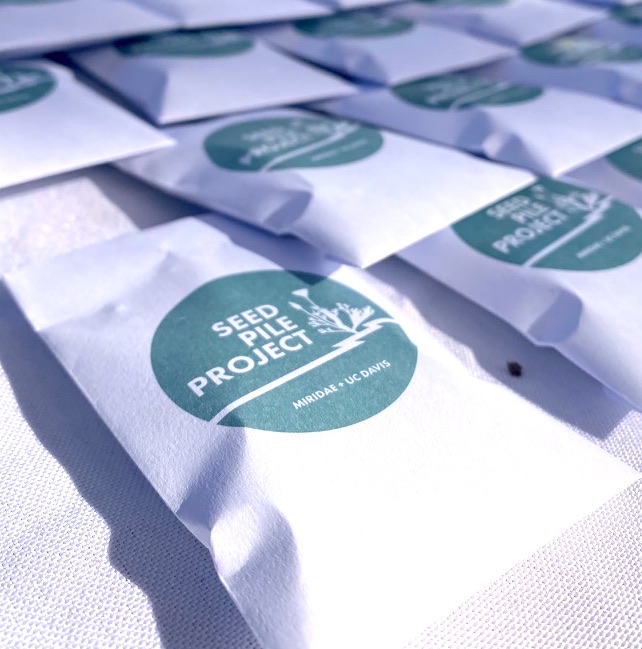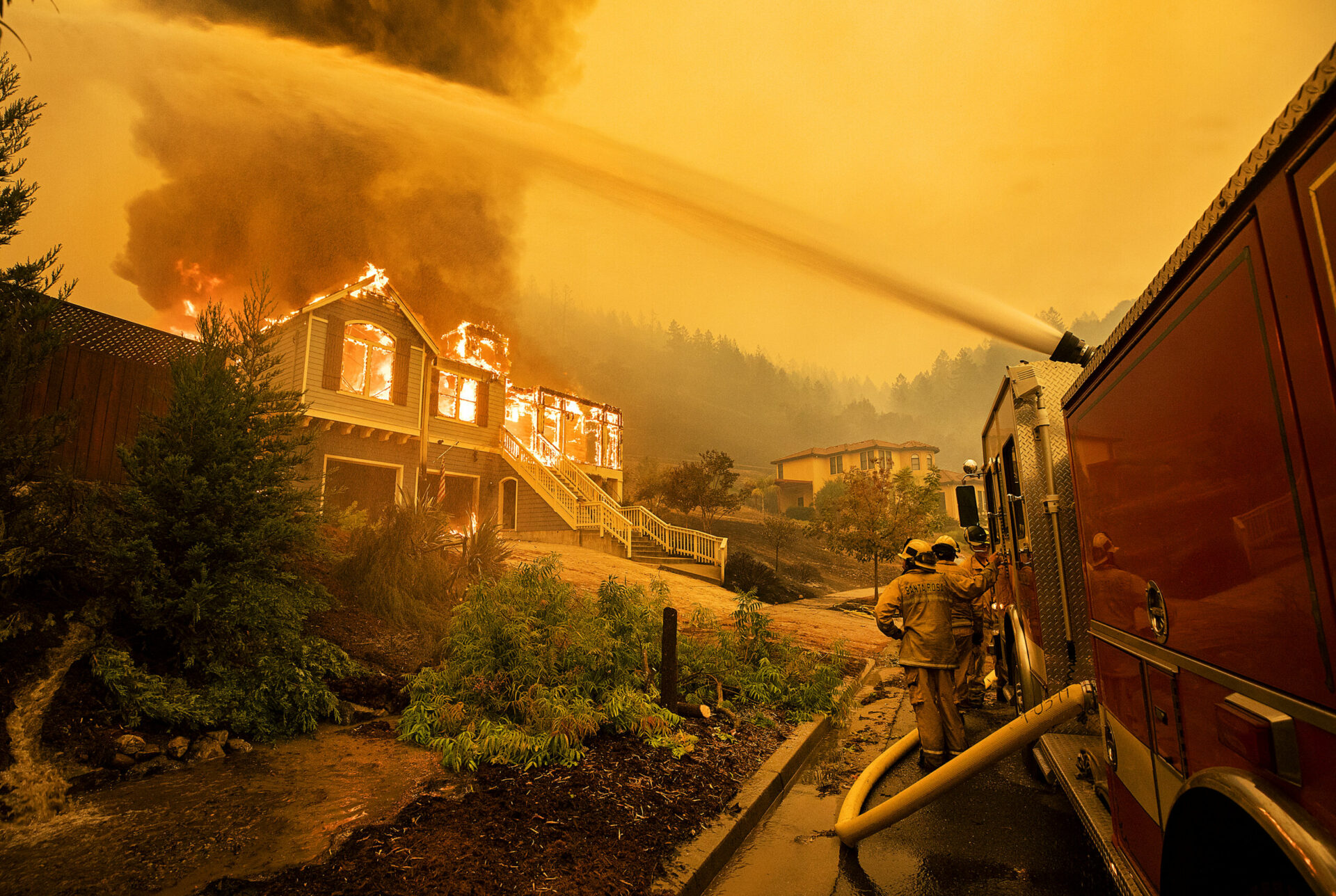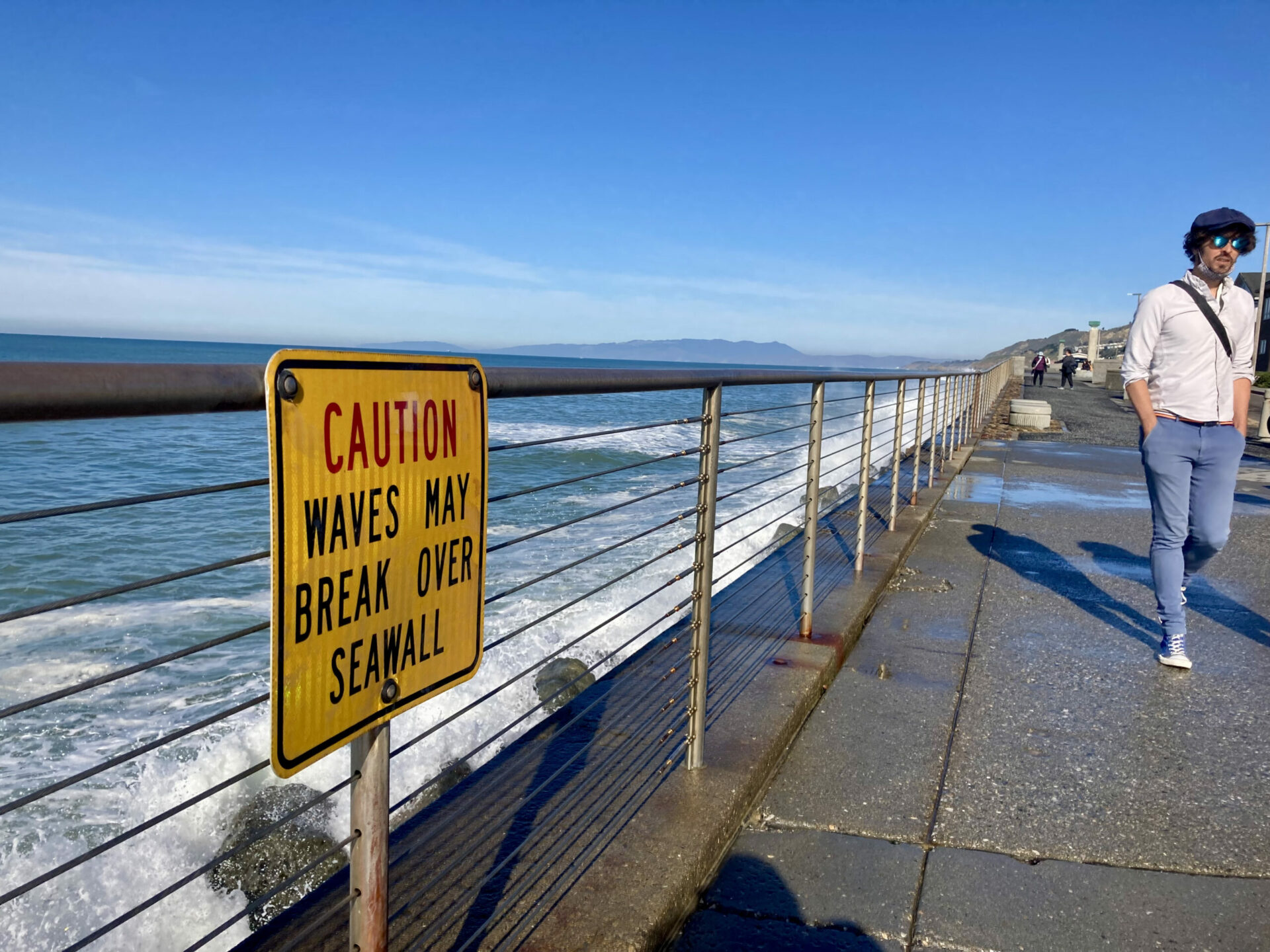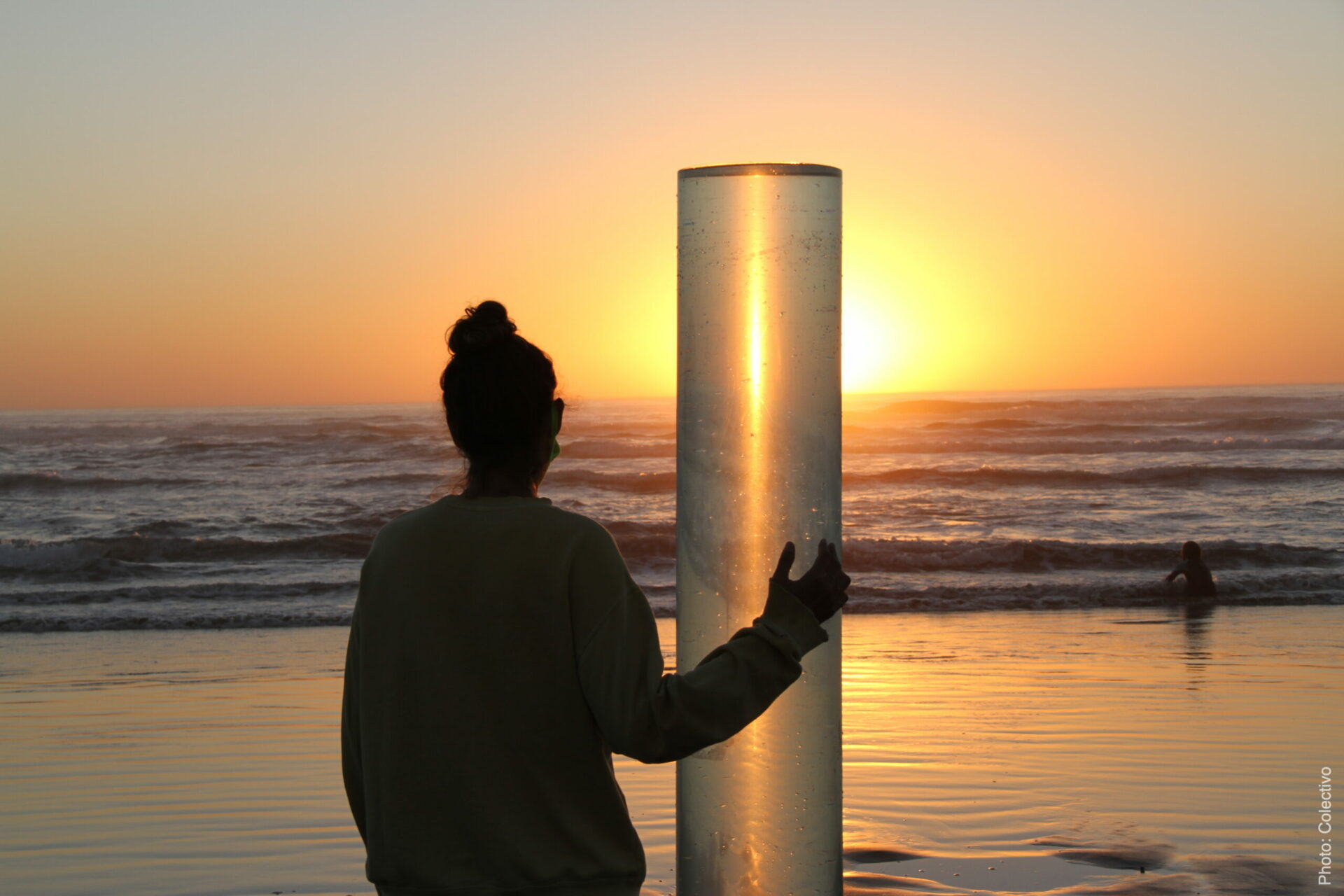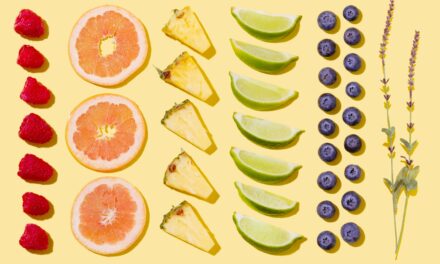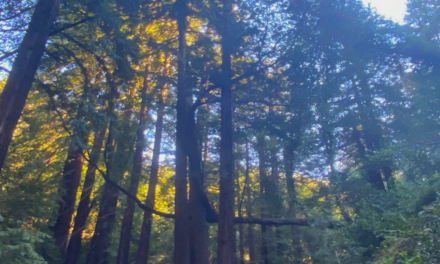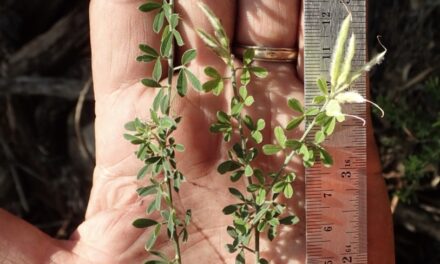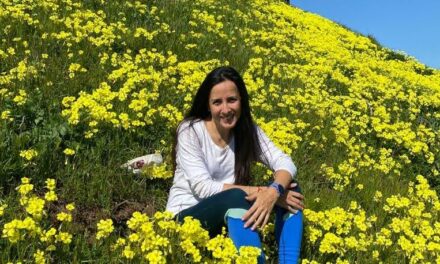Square by square, story by story, you can join the growing community of Californians celebrating hopeful acts.
We are an open-minded, open-hearted state. There’s plenty of room on the quilt for every kind of story of personal resilience and climate action. So what’s yours?
Why is KneeDeep Times, a monthly magazine, getting into quilting?
Because we recognize the authenticity of local knowledge and community storytelling. When our journalists pitch and write stories for KneeDeep, they have to follow certain rules of the trade. But there are a thousand other ways to tell stories, and a thousand more untold, unheard stories. We have the platform, and the tools to share.
So get busy!
Email your short stories, poems, films, art pieces, cartoons, maps, and more to editorial-team@kneedeeptimes.org. And reach out if you need any help — our reporters can lend a pen or snap a photo. Need inspiration? Check out the BLUE box below.
Where’s the Quilt?
Just CLICK THE LOGO!
Share Your Story,
Add Your Quilt Square
We accept short stories, poems, films, art pieces, cartoons, maps, and more. The story must be from Californians about California. We especially welcome Bay Area stories from residents of all ages and backgrounds.
To submit either:
- Email editorial-team@kneedeeptimes.org
- Tag us on Instagram for your story to be featured in the quilt.
Nitty Gritty Guidelines
Images
- Try to capture the essence of your image within a square shape. The quilt is made of square patches.
- Send images of at least 1000 x 1000 pixels in diameter.
- Set your phones to HR – high resolution – when snapping photos.
- Feel free to share pictures of yourself or your subject taking action.
Stories
- 300-400 words is perfect, but longer stories are also welcome.
- Be specific about your feelings and actions.
- Ask yourself what your actions have to do with climate change.
What to submit
- Suggested title
- Your preference to use your full name or only first name.
- Your city
- Your email address (for the editor’s use only)
Heads up
- The quilt editor may copyedit your story for clarity, length, and punctuation.
- The editor may also send you questions about your story to resolve.
- KneeDeep reserves the right to reject inappropriate stories or materials,
- We will always check with you first before actual publication.
How to write a Tiny Story for Elementary Schoolers
What does a tiny quilt story include?
1.Beginnings
(imagine you are telling a friend or your mother about something that happened or a dream you had … how would you start…)
2. Where and when did it happen…
- I was in a beautiful park full of trees …
- I was walking my dog around the block when suddenly…
- I was watching my little sister play soccer when I noticed the solar panels on the roof of the community center reflecting the sun -it was so bright I was blinded…
- One day it rained so hard our garage got flooded… the road between our house and school had water 5 inches deep on it…
3. Something happens – an action…
- I rode my bike and saw…
- The tree in our yard bloomed…
- We ran out of gas…
- I was taking out our recycling and I started thinking about all the plastic in the ocean and …
- The day there was a fire in the hills nearby it got really smokey ….we built a home-made air filter…
4. How did it make you feel or react…
- I wondered if…
- I was worried that…
- It made me sad to see … or happy to see
5. Another way to write a story is to tell a before and after.. What is it like now, what do you hope it would be like in the future. Make a comparison…
- Before: The soccer field where I play is really low and sometimes gets really soggy if it rains really hard …
- After: If flood water goes onto the soccer field instead of my house, that’s a good thing. Parks and open spaces can create buffers between the Bay and where people live…
- Before: The shoreline I visit is covered with chunks of concrete to keep it from eroding away – that’s called rip rap…
- After: maybe it would be better to have a wetland there so it could act like a big sponge, and soak up all the sea level rise before the flooding gets to our school…. It would also be a nicer place for birds and animals to live.
6. If you can, relate your story to the big picture – the future of your neighborhood or town or region?
- There is no way to stop sea level rise but if we think about it now and do things that might protect us from it, it will be safer and better and healthier for all of us…
7. Tips for amazing storytelling….
- Add details so we can see what you see… colors, smells, sounds, textures.
- Put people in your story. Ask your family or friends or teachers or neighbors what they think about something you are writing about. You can quote them? Or maybe just write that other people have a different perspective which is interesting …
- When you finish writing read it over again. Change words to make it better or stronger or clearer. Ask your friends to read it and see if they have questions?
HAVE FUN! Writing is a great skill to have in your future life. It can help others understand what you feel and think!
Check out the “NEED INSPIRATION” blue box to get more ideas about what to write about.






